Magic GardenBogosav Živković (1920-2005)
About the Artist/Site
Bogosav Živković was born in a poor family in Leskovac, a community in the Republic of Serbia, some fifty kilometers south of the capital, Belgrade. With few familial resources, he worked as a farmhand and as a leatherworker to support himself
In 1941, at the beginning of the Second World War, Serbia was occupied by Germany. Some parts of Serbia suffered greatly from the cruelty of the occupying forces, and, as a young man, Živković was seriously traumatized by malicious treatment of the German troops. This trauma would affect him throughout his life and also made him decide, after the war, at age 25, to leave his job as a leatherworker and move to Belgrade, where he worked until 1965 as a porter.
In the mid-1950s – and without any artistic training – he became interested in wood sculpting and painting. His development as an artist has often been interpreted as being associated with the traumas he had sustained during the war: what he saw and experienced in restless dreams and troubled nightmares became the basis of his creations.
Živković produced his first sculpture In 1957 and only three years later, in 1960, held his first independent exhibition. He was quickly recognized as an important artist in naive and marginal art, an important and well-recognized genre across all of the republics of the former Jugoslavia at that time. He exhibited sculptures in wood and sandstone as well as paintings and drawings not only in his home country but in many European countries as well, some of which purchased works to include in their permanent collections. The Museum of Naive and Marginal Art in Jagodina, Serbia, holds a large collection of Živković’s visual art.
In the meantime, he and his wife Dobrita returned to his birthplace, Leskovac, in the late 1960s. They moved back into the house where the artist was born, a simple structure built in the early years of the 20th century. The property also included a few other buildings, such as a small building of some 5 x 3 meters (approximately 15.5 x 10 feet) built before 1940 that was used as a winery. Other small outbuildings were later named after the way Živković decorated them, such as the “house with a sun,” where had his studio, and the “house with a face.” Two bread ovens, an outdoor dining room, a fountain, and a stone composition for sitting added to the garden’s character.
All these elements became part of the almost 100 square meter (1076 square foot) garden, which Živkovic, together with his wife, began to transform into an art environment in the 1970s. He himself called his work the Museum of Folk Art "Golden Branch," but it was more colloquially known as the Magic Garden.
Dobrita Živković took care of the landscaping of the site, adding flowers and plants, including lushly growing ivy that especially appealed to visitors. Živković himself installed a variety of his sculptures in the garden and added carved reliefs and murals to the walls of the various small buildings. Although the outbuildings in the garden have no specific artistic significance, during Živković’s life the site as a whole had a pleasant atmosphere and compelling artistic appearance. While the Magic Garden is an important Serbian art environment, Živković probably did not regard the site as such, but more in the capacity of an open-air museum and exhibition facility. During Živković’s life the Magic Garden gained a good reputation and attracted a wide range of visitors, including high-ranking guests of Jugoslavia or Serbia, including Emperor Hirohito of Japan, Emperor Haile Selassie of Ethiopia, and U.S. president Jimmy Carter.
Bogosav Živković died in 2005, and by that next year, an institute in Belgrade charged with the protection of cultural monuments included activities to maintain the Magic Garden in its 2007 work plan. However, the institute could not reach an agreement with the heirs about the approach, so over the course of the years the site lost some of its former allure, due to the lack of cleaning and protection of the sculptures as well as the changes to garden plantings, which caused it to lose its former green aspect. In 2010 it was reported (note 1) that sculptures from the garden were under lock.
In 2017 a new study (note 2) explored which measures were needed to preserve the Magic Garden as a cultural monument in such a way that it would fit in with public facilities in the immediate vicinity and that necessary amenities would be available for visitors. At the time of this writing, there was no information available about eventual decision-making on the proposed approach.
In the years following Živković’s death, it appears the garden was only irregularly open to visitors. However, in 2016 it was reported on local television (note 3) that the Magic Garden had been reopened for the general public.
~Henk van Es
Notes
1. http://www.politika.rs/scc/clanak/148376/Ostrvo-naive-u-rudarskom-basenu
2. https://scindeks-clanci.ceon.rs/data/pdf/1450-605X/2017/1450-605X1718089Z.pdf
Map & Site Information
Extant
Leskovac, Serbia
In the years following Živković’s death, it appears the garden was only irregularly open to visitors. However, in 2016 it was reported on local television (note 3) that the Magic Garden had been reopened for the general public.
Nearby Environments


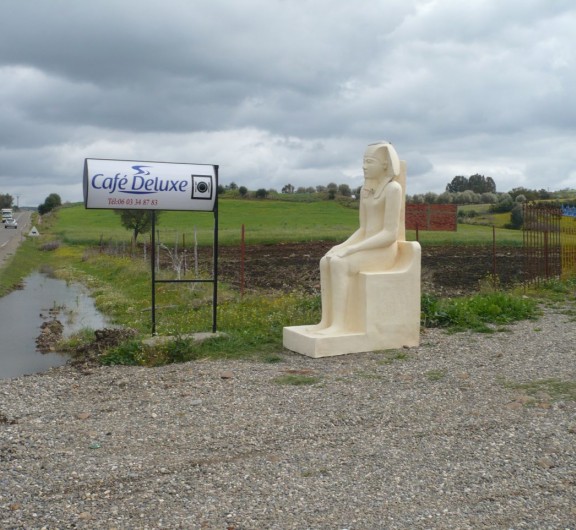
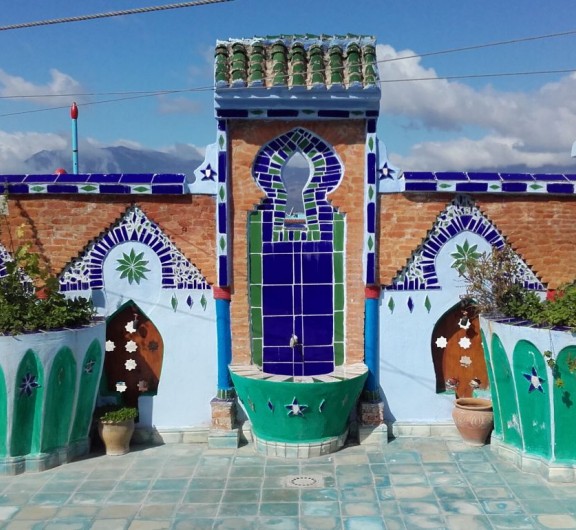
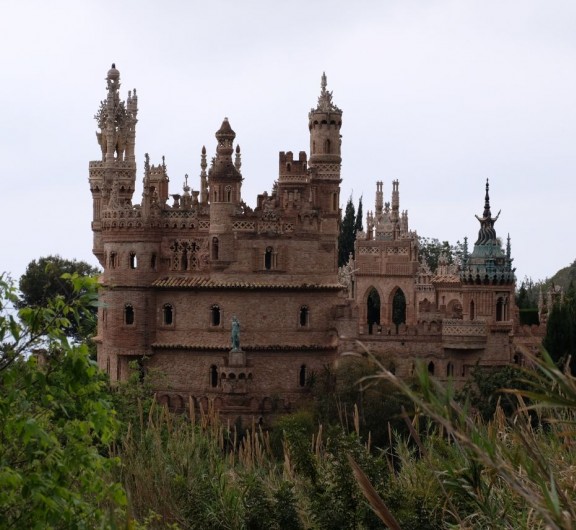

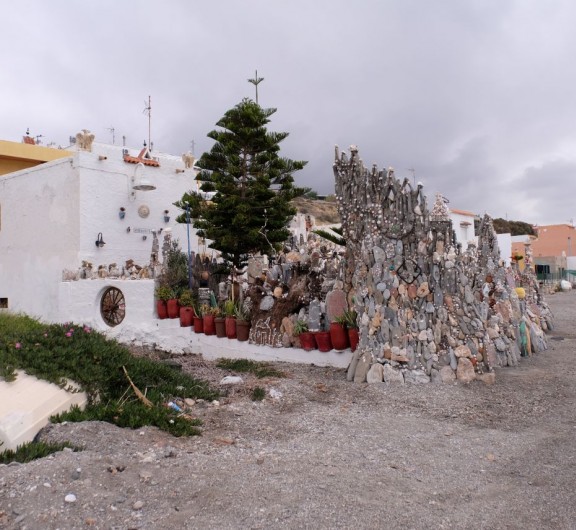
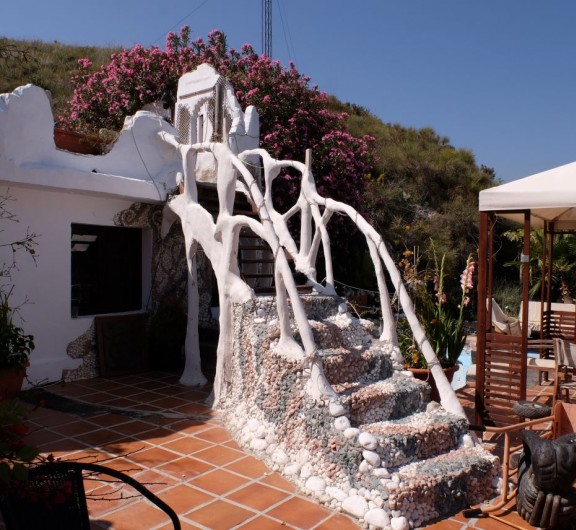

Post your comment
Comments
No one has commented on this page yet.